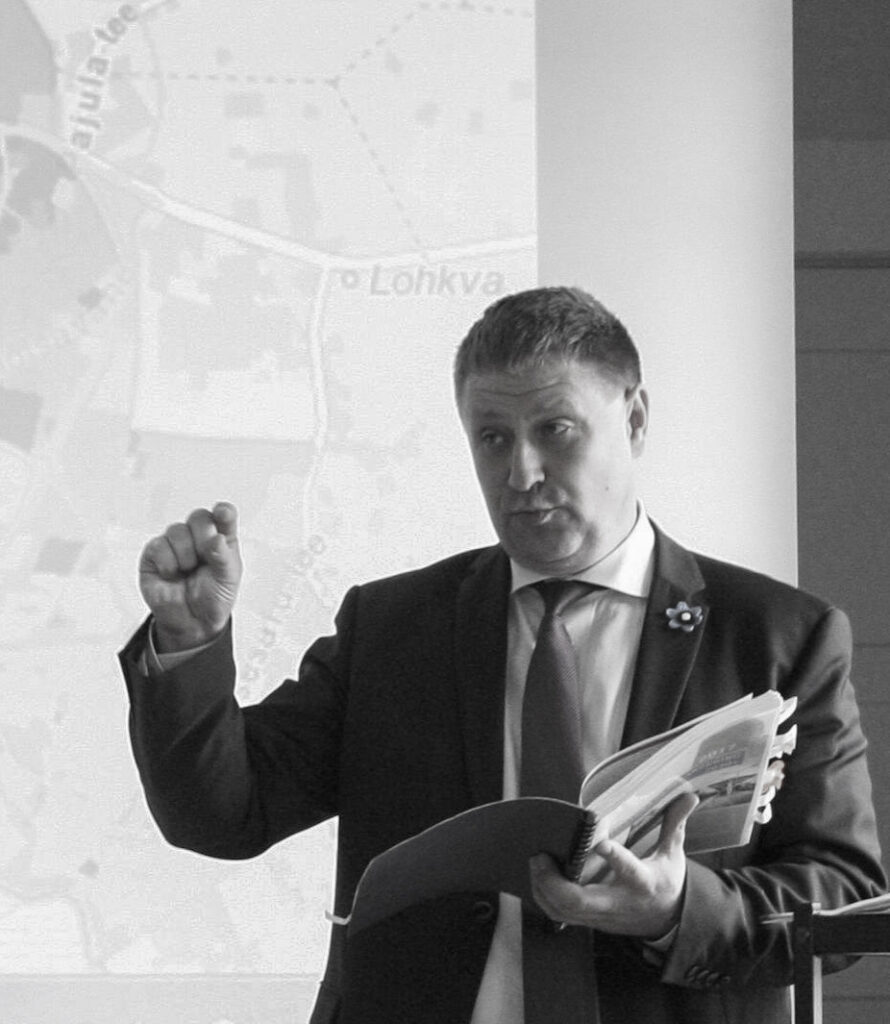There was a saying in Soviet times that where the railway begins, common sense ends. Looking at the development of infrastructure projects and their particular tendency to become encapsulated in a highly detailed jungle of pipes and wires before much more important issues are resolved, this saying should be paraphrased today as: “Where the designing of infrastructure begins, architecture ends.”
Somehow it has turned out that we assume infrastructure to be first and foremost a utilitarian object and we entrust the shaping of our space, figuratively speaking, to plumbers. Thus it happens that when designing a road, attention is paid to the lanes according with norms and the lines of pipes and the turning radius of cars, and yet no one pays attention to the fact that a green belt has arisen between the traffic junction and the surrounding houses that should be preserved as much as possible. Instead of relocating the road construction so that hundreds of trees survive, the land is cleared and a few new trees planted at most.
Normally, the arguments against involving (landscape) architects are simple: the project will become more expensive, their creations won’t be in harmony with the norms, the trees and wires and pipes “won’t fit” and the solution won’t match the specific (product) standards. All of these are important things, but not the most important.
It is important to analyse how the design affects citizens and the environment it needs to fit into. Does the design shape attitudes and support the goals we want to achieve? A road is never the end in itself, but a means to an end that must satisfy the user’s need to move about, but also the needs of the rest of the community.
Sometimes this leads to curious cases. The goal of reconstructing the street, where the main building of University of Tartu is situated is to create a decent milieu suited to the Old Town, which means giving more space to pedestrians and sacrificing parking along the street. We will use the best materials. We will create conditions to ensure that service companies that were hard to access before become successes. Everything will work out like in a Jan Gehl textbook.
However, several business owners are against renovating the street. Since they travel by car, their main concern is that there should be a couple of parking places right in front of their door. As such, the owner of a big hotel and restaurant thinks it will be a business disaster if three parking spaces are sacrificed to make way for pedestrians. Yet this would allow the restaurant’s customers to stand and talk in front of the building, maybe even enable them to establish a summer café with several tables and chairs. The proposal to make room for pedestrians at the expense of cars has been countered with the idea of making the street two-way, which would leave pedestrians even worse off. The idea of using materials suited to the Old Town – hammered stone and granite slabs – has been rejected with the argument that asphalt has been around since last century and we don’t want to go back to the Middle Ages. In this case, the city as the contracting authority and architects as designers must be leaders who see the bigger picture.
The last couple of years have given us some good examples of (landscape) architects being involved in the process from the get-go. The now complete Roosi Street, the on-going Vaksali Square and several new light traffic paths, as well as the shoring up of the Emajõgi River and Ülikooli and Vanemuise streets which are currently being designed, are proof that by making the technical secondary to what’s most important and putting your goals into words, the results can be really good. Only those involved know how difficult the process has been.
One example is the saga of the black posts. The decision to use black lamp and street sign posts in the city centre and on streets in the milieu areas was made by the city administration based on the city architect’s advice. The technical implementation of this idea, however, started with the question of whether some kind of legal regulations prohibited the use of black posts. Estonian standard EVS 613: 2001/A1: 2008 clause 5.3 requires the following: “The back side of the sign, the body and the fastening details must be grey in colour, in order to exclude a reflective effect.” Next we discovered that painting the back side of the post and sign black would add around 5 euros to the price of each, which was not included in any calculations. Since no company offers such a finished product, and more besides.
In the end, it turned out that the black post was not only legal and feasible at a reasonable cost, but also a cool accent in urban space which everyone has praised. See for yourself – on Roosi or Struwe streets!

JARNO LAUR is the Deputy Mayor of Tartu.
HEADER photo by Üllar Märtson.
PUBLISHED: Maja 91 (autumn 2017) with main topic Shared Space





